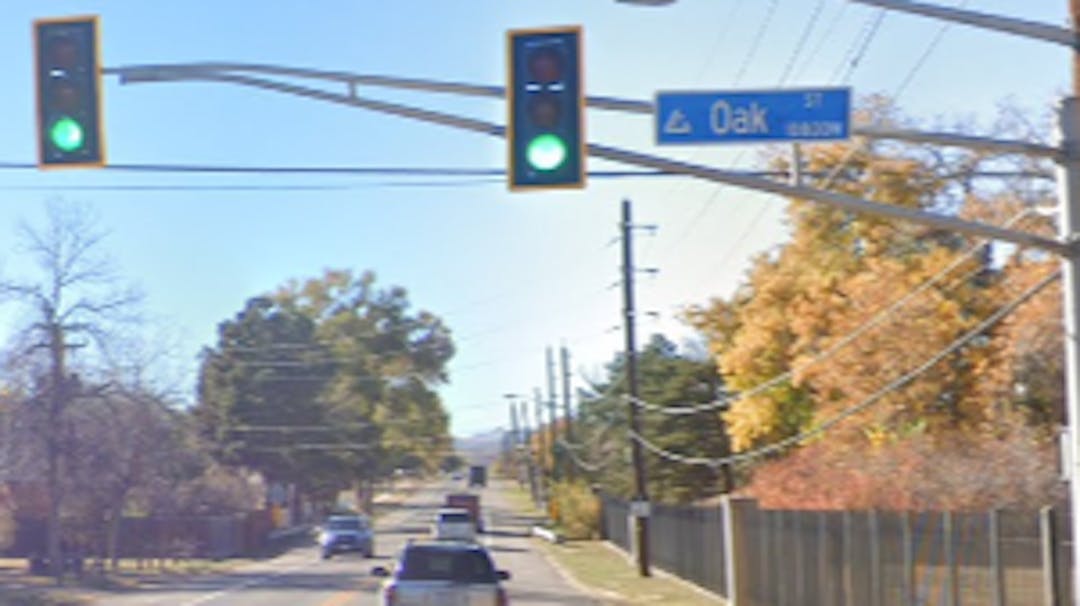Traffic signal removal at West 20th Avenue and Oak Street

UPDATE: The removal of the traffic signal at West 20th Avenue and Oak Street will be completed during the week of March 25. The signal has been covered and has not been operating for over a month.
PROJECT BACKGROUND
The traffic signal at West 20th Avenue and Oak Street is nearing the end of its service life and is in need of replacement, the cost of which would be $550,000. To determine if this investment would be necessary or if traffic at the intersection means that the signal could be removed altogether and replaced by stop signs, traffic signal warrant studies (required by the Federal Highway Administration) were conducted in 2022 and 2023. These studies examined maximum traffic volumes, peak traffic hour observations, pedestrian activity, and roadway characteristics such as proximity to schools and railroad crossings, as well as one year of crash history. Earlier in 2023, city transportation engineers also reviewed a five-year crash analysis with data from the Lakewood Police Department.
Based on evidence from these studies, the traffic signal at West 20th Avenue and Oak Street does not meet any criteria justifying the expense of replacement and will be removed from service.
Next steps:
The public will be notified about upcoming changes (see Project Timeline) with signs at the intersection. Because of the closure of Vivian Elementary School, a second school-aged pedestrian count will be performed in the fall. This project is also being timed with a project for stormwater drainage improvements and installation of a sidewalk on the south side of West 20th Avenue from near Owens Court east to Nelson Street. Following the second school-aged pedestrian count and the timeline for the other projects, the signal will enter flash mode for a 30-day period prior to removal. Notification signs will be placed at the intersection when the flash mode is going to occur.
If you have any questions or concerns, please leave a question below and a team member will respond.
ABOUT THE STUDIES
Traffic data was collected during a typical work week in February 2022. Five factors were evaluated, and none met the criteria established by the Federal Highway Administration for a traffic signal installation.
- Side street traffic volumes consistently fell below the required thresholds throughout the day, every day of the week.
- The combined 20th Avenue and side street volumes failed to meet the criteria in any of the four required peak hours.
- No pedestrians were recorded, failing to meet the minimum requirement of 20 people per hour for a crosswalk.
- Crashes were reviewed over a span of five years. Three crashes were recorded, and the traffic signal likely contributed to two of the crashes. When a traffic signal is underutilized, it stays green for extended periods of time, and motorists accustomed to a consistent green fail to notice the infrequent red light and can overlook the stop command. Essentially, the signal poses more of a safety risk than a safety asset.
- Considering roadway features, the signal is not part of a coordinated signal system, is not immediately near a school, and is not used to clear traffic from a railroad crossing.


